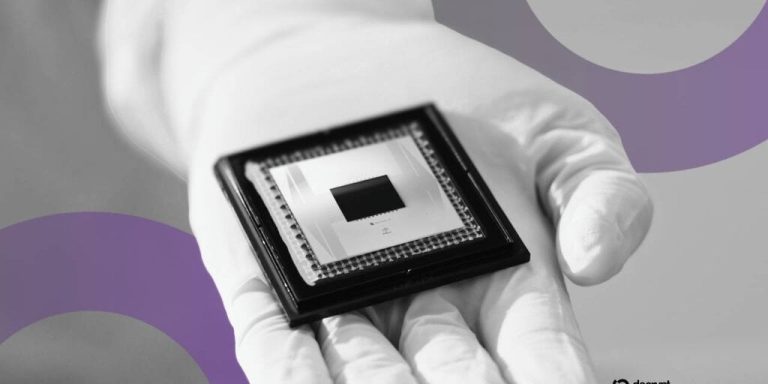
The Art of Preserving History

Choosing the Right Materials
When it comes to preserving history, selecting the right materials is crucial. The choice of materials not only affects the appearance but also the longevity of the restored artifacts. It’s essential to use materials that are compatible with the original items to prevent further degradation. For instance, using lime-based mortar for stone repairs in ancient buildings can be more appropriate than modern cement.
Balancing Authenticity and Innovation
In the realm of restoration, the challenge is to maintain the authenticity of the historical piece while incorporating modern technology. This balance can enhance the durability and functionality of the artifact without compromising its historical integrity. Techniques like laser cleaning, which gently removes contaminants without damaging the underlying surface, are a testament to how modern technology can aid in the preservation of historical artifacts.
Ethical Considerations in Restoration
Ethical considerations are paramount in the field of restoration. Decisions must be made with respect to the artifact’s historical value, ensuring that restoration efforts do not alter or falsify the historical narrative. A common ethical dilemma involves deciding whether to restore a piece to its original state or to preserve it as it is, acknowledging the marks of time as part of its history.
Technological Advances in Restoration

Laser Cleaning and Its Benefits
Laser cleaning has revolutionized the way we approach the restoration of historical artifacts and monuments. This non-contact, environmentally friendly method allows for precise removal of contaminants without damaging the underlying material. The precision of laser technology ensures that every detail is preserved, making it an indispensable tool in modern restoration projects.
3D Printing in Reconstructive Work
3D printing offers unprecedented opportunities in the field of restoration. By creating accurate replicas of missing or damaged parts, restorers can maintain the integrity of the original structures while integrating modern materials. This technique not only speeds up the restoration process but also enhances the durability and stability of historical artifacts.
Digital Mapping for Accuracy
Digital mapping techniques, such as photogrammetry and laser scanning, are crucial for capturing the exact dimensions and details of artifacts and sites. This data is invaluable in planning and executing restoration projects with a high degree of accuracy. By using digital maps, restorers can achieve a perfect blend of historical authenticity and modern precision.
Embracing these technological advances allows us to preserve the cultural heritage for future generations while maintaining the authenticity and integrity of historical sites.
Case Studies: Successes and Challenges

The Notre Dame Cathedral Restoration
The restoration of the Notre Dame Cathedral stands as a beacon of modern living through historical preservation. After the devastating fire in 2019, the global community rallied to bring back the iconic structure using both traditional techniques and cutting-edge technology. The project highlights the delicate balance between maintaining authenticity and incorporating modern solutions for ancient problems.
Reviving Ancient Textiles
Reviving ancient textiles is not just about preserving artifacts; it’s about connecting with our past in a tangible way. This process often involves meticulous research and the use of sustainable methods to ensure that these cultural treasures are available for future generations. The focus on ethical considerations and innovative solutions is crucial in these restoration efforts.
Modern Solutions for Ancient Problems
In tackling the restoration of ancient structures and artifacts, the challenge often lies in finding the right balance between traditional methods and modern techniques. Digital mapping and 3D printing have revolutionized the way restorers approach these tasks, providing accuracy and possibilities that were previously unimaginable. This approach not only enhances creativity but also ensures the longevity and sustainability of our cultural heritage.
Conclusion
In conclusion, modern restoration techniques offer a fascinating blend of tradition and innovation, allowing us to preserve the past while embracing the future. As we’ve explored throughout this article, the nuances of these methods require both a deep respect for historical accuracy and a willingness to adopt new technologies. Whether you’re a professional in the field or an enthusiast, understanding and navigating these techniques can enhance your appreciation of restoration projects and their significance in keeping our cultural heritage alive. Embrace the journey of learning and experimentation, and you’ll find that the art of restoration is as enriching as it is essential.







1 thought on “Navigating the Nuances of Modern Restoration Techniques”
Comments are closed.